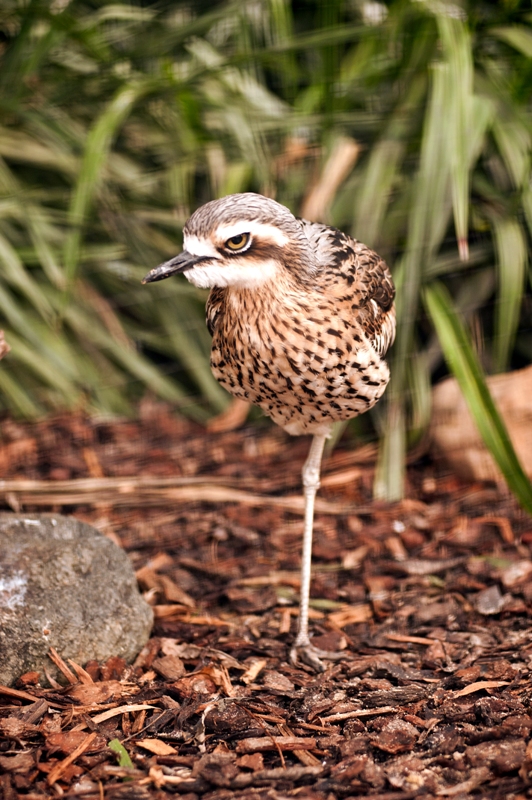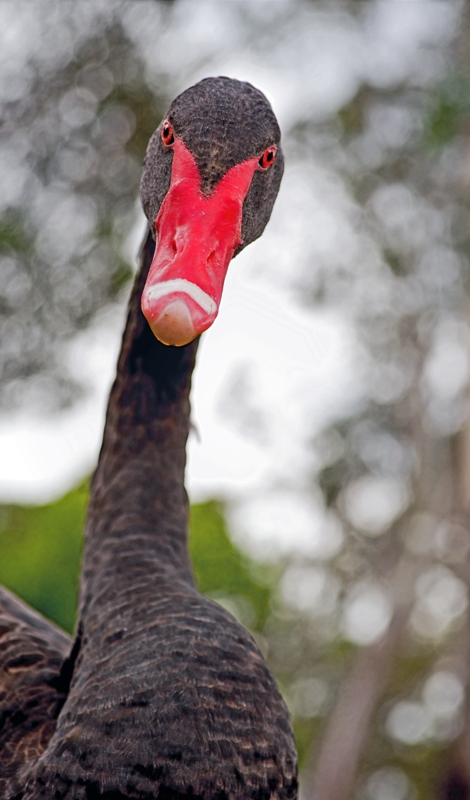- About Us
- Columns
- Letters
- Cartoons
- The Udder Limits
- Archives
- Ezy Reading Archive
- 2024 Cud Archives
- 2023 Cud Archives
- 2022 Cud Archives
- 2021 Cud Archives
- 2020 Cud Archives
- 2015-2019
- 2010-2014
- 2004-2009
 |
There And Back: |
What The Pelican Saw
My first point of call for info on Australia's native flora and fauna is The Australian Museum. When I checked out my pelican friends to learn a bit more about them, it was obvious that the ones I'd photographed had seen plenty in their life. I was intrigued to know if any -given the severity of Australia's- droughts had gotten a taste for sea gulls!
The Australian Museum states that:
The Australian Pelican is found throughout Australia, Papua New Guinea and western Indonesia, with occasional reports in New Zealand and various western Pacific islands.
Pelicans are highly mobile, searching out suitable areas of water and an adequate supply of food. Pelicans are not capable of sustained flapping flight, but can remain in the air for 24 hours, covering hundreds of kilometres. By moving from one thermal to the next, pelicans can travel long distances with a minimum of effort, reaching air speeds of up to 56 km/hour.
Pelicans mainly eat fish, but they are opportunistic feeders and eat a variety of aquatic animals including crustaceans, tadpoles and turtles. During periods of starvation, pelicans have been reported capturing and eating seagulls and ducklings. The gulls are held under water and drowned before being eaten head first.
When fully extended, the the pelicans bill can hold up to 13 litres. During the courtship period, the bill and pouch of the birds change colour dramatically. Birds in the wild can live for 25 years. They aren't small with makes bigger than females they can grow up to 1.6 - 1.8 m long, with a wingspan between 2.3 - 2.5 m.











Tom grew up on a farm in far western NSW and knew at a young age his shooting was best done with a camera. With a journalism, media adviser, CEO and now with his new job working on a plan to release the carp herpes virus into Australia's waterways, photography is part of Tom's everyday work. Outside Australia's capital cities is where Tom does most of his shooting and wandering around regional and rural Australia is home to his 'happy place'. Tom usually has a camera on him and can be followed via Twitter @tomchesson01
